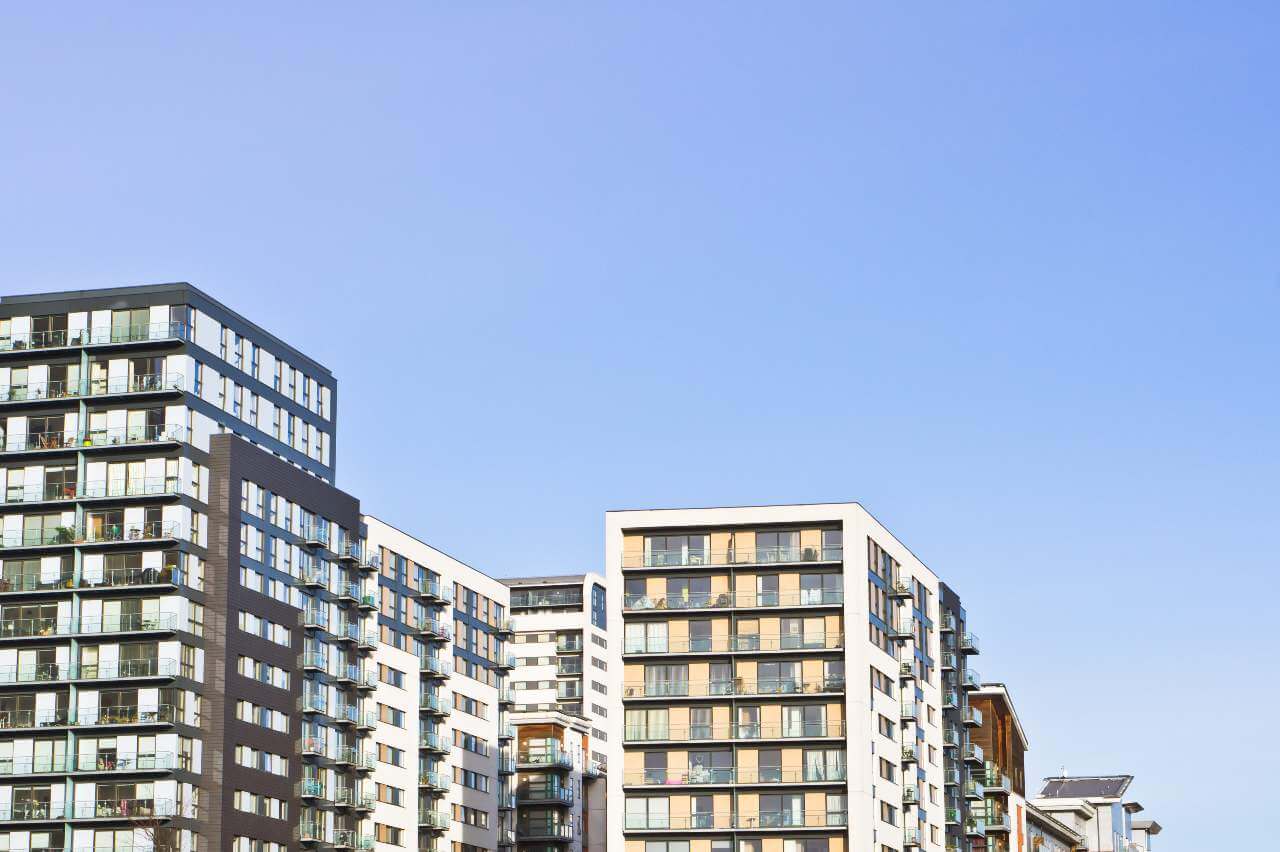Have you prepared for registration?
A crucial step in making high-rise buildings safe for residents and users is the new requirement of building registration with the Building Safety Regulator (BSR). The BSR forms a part of the Health and Safety Executive (HSE), Britain’s national regulator for workplace health and safety. It is estimated that across England around 12,500 buildings must be registered with the BSR.
HSE have confirmed that all existing occupied high-rise residential buildings will need to be registered with the BSR within a 6 month window which opens from April 2023 until October 2023 (although note secondary legislation to firm up this timetable is awaited). The Principal Accountable Person (considered below) is required to register the high-rise building; this applies to both new and existing high-rise buildings. It will be a criminal offence to allow a new high-rise building to be occupied before registration with the BSR occurs and penalties are onerous with an unlimited fine and potentially up to two years’ imprisonment. The BSR will publish the information from registration in a national register of high-rise residential buildings.
Anticipated Key Dates for owners of high-rise residential buildings
Dates will be finalised once secondary legislation is published.
April 2023
- registration for existing occupied high rise residential buildings opens;
October 2023
- Deadline for registration for existing occupied high rise residential buildings;
- From this date new high rise residential buildings must be registered with the BSR prior to any occupation. It will be an offence if a high rise residential building is occupied but not registered.
- Building inspector and building control approver registers open
- BSR becomes the new building control authority for High-rise Residential Buildings
- From 1 October 2023 developers must apply to the BSR for building control approval before commencing work on a high rise residential building.
April 2024
- BSR starts to call in buildings for assessment and issue Building Assessment Certificates
- Requirements related to registration for building inspectors and building control approvers become enforceable (by this point there will be 2 registers, one for occupied high-rise buildings and one for building inspectors and building control approvers)
It is not clear yet what exactly the BSR will require for such registration however there is guidance on what can be done to prepare. Accountable Persons are encouraged to investigate buildings they own and collect detailed, accurate information to prepare a safety case report and register the high-rise building. The safety case report is a document that summarises how the risk of fire spread and the structural safety of your building is managed.
Information you might need to prepare
Each building is different, but there is guidance on some things you’ll need to know about your building to prepare:
- the profile of its residents
- when it was built, and the relevant standards at time of construction
- your building’s height, number of storeys, number and type of flats
- details of common parts and any underground levels
- details of any shared facilities such as utilities, car parking or access if it’s part of a wider development
- plans of the building as built (if available)
- details of the building’s construction including facade and insulation materials
- details of any refurbishment or changes to the building since it was built
- your fire prevention and protection measures
- information about its structural condition
- information about services and utilities
- maintenance and inspection details
- arrangements for managing and monitoring your building
Who will be the “Accountable Person”?
For owners of occupied high-rise buildings, the Act creates ‘duty holders’, known as ‘Accountable Persons’, and, where there is more than one Accountable Person, a ‘Principal Accountable Person’ with overall responsibility. Each Accountable Person will still have responsibility for managing risks within the areas for which they are the Accountable Person.
Accountable Person: this is the organisation or person who owns or is accountable for the building; they are legally responsible for repairing or maintaining common parts of a building, for example, the exterior and structure, corridors or lobbies.
The Accountable Person has ongoing duties:
- To undertake an assessment of building safety risks (being a risk of fire or structural collapse) at regular intervals.
- To take reasonable steps to prevent and manage building safety risks and undertake remediation works where needed.
- To prepare a case safety report, which will contain the risk assessments and details of any steps being taken to manage risk.
- To maintain information to provide to the regulator or to residents on request.
- To engage with residents on fire safety issues and operate a complaints procedure.
Principal Accountable Person: this is the organisation or person who owns the building, or is legally responsible for the structure and exterior of the building.
As well as their duties as an Accountable Person above, the Principal Accountable Person must also:
- register existing high-rise buildings with the BSR
- register all new buildings and receive a completion certificate before they are lived in
The BSR will assess whether these duties are being complied with.
The Accountable Person (who is likely also to be a Responsible Person under fire safety legislation) will be responsible for ensuring that fire and structural safety is being properly managed for the whole building and will have a duty to take all reasonable steps to prevent the spread of fire and/or structural failure and reduce the seriousness of an incident if one happens. Accountable persons will need to demonstrate that they have effective, proportionate measures in place to manage building safety risks in the higher-risk buildings for which they are responsible. Those who do not meet their obligations may face criminal charges.



